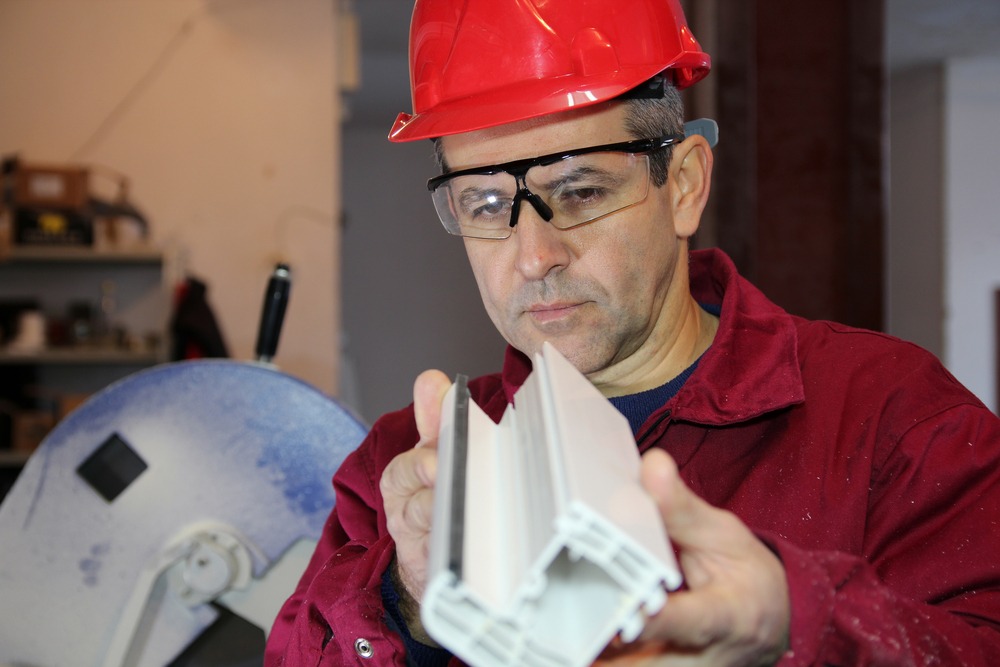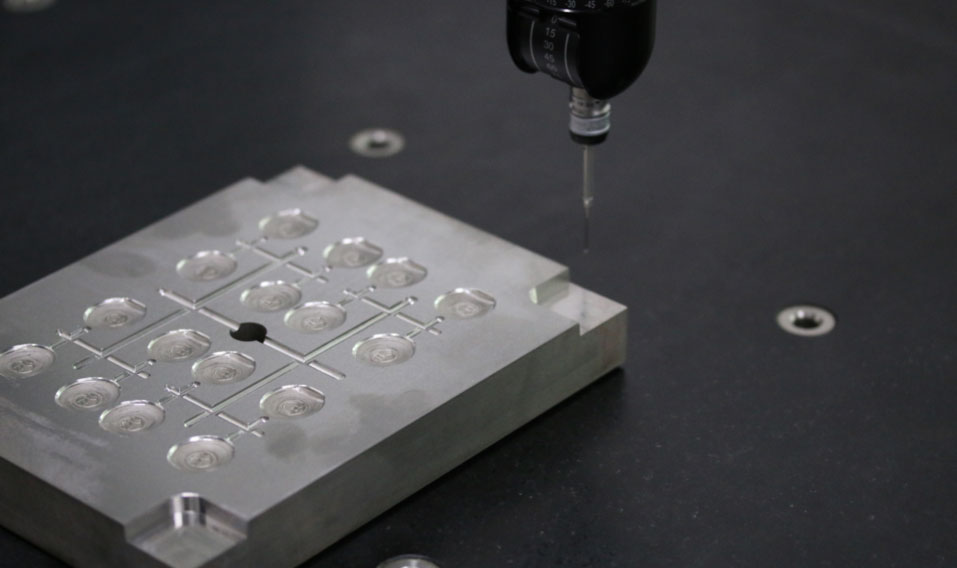SLS 3D Printing Services

SLS Printing Service for Prototypes and Production-Quality Parts With Fast Turnarounds
- High-quality SLS plastic prototypes at a reasonable price
- SLS printing service delivers parts in as quickly as four days
- Material choices include engineering-grade thermoplastics
- SLS process is capable of intricate geometries without additional support features
- Essentially waste-free production
What Is SLS Manufacturing?
SLS (selective laser sintering) is a type of 3D printing that uses a laser to heat and solidify powdered plastic material, one thin layer at a time. The heat of the laser forms the shape of each layer and attaches it to the layer below, building the part geometry through an additive process.
SLS 3D printing services can deliver prototypes in just a few days. It is also well-suited for low-volume, production-grade manufacturing. The additive, layer-by-layer nature of the process means that SLS parts can be created with complex geometries while yielding little to no waste. Our SLS 3D printing services create overall lower costs and faster time to market for your project.
The Benefits of 3D Printing and SLS Manufacturing
3D printing — including SLS rapid prototyping and low-volume production — offers several key benefits that make it an attractive choice when speed, cost and part quality are important. The range of materials available for SLS plastic prototypes means that preliminary parts can provide a realistic test for form, fit, function and appearance, while engineering-grade materials are suitable for production and field use.
Additional SLS advantages include:
Reasonable Pricing
- Additive process requires no tooling
- Standard setup incurs no additional fees
- Pay only for material used
Faster Time to Market
- Prototypes and parts can be fulfilled in four days
- SLS rapid prototyping based on your uploaded CAD drawing
- More innovation with faster iteration
Versatile Materials
- Material grades from prototype through to production-quality
- Engineering-grade materials available
- An ever-expanding range of choices that can replicate traditional plastic qualities
Intricate Geometries
- The additive, layer-by-layer process enables intricate shapes and forms
- SLS 3D printing services create parts that are highly accurate with tight tolerances
- Test for manufacturability, fit and form — with high reliability
Lower Material Costs
- Additive manufacturing produces almost no waste
- Material is only used to create the piece — no scrap
- Minimize costs and promote sustainability
SLS Rapid Prototyping Applications and Industries
SLS 3D printing and SLS manufacturing are extremely versatile processes that are suitable for a wide range of industries and applications. These range from rapid prototyping to produce test parts in a matter of days, to engineering-grade pieces suitable for use in production settings. No matter the application, our 3D printed parts speed time to market, spur innovation, reduce prototyping costs and provide unparalleled accuracy.
Key industries where our SLS parts are used include:
SLS FAQs
How does SLS work?
SLS is an additive process during which a powdered material is sintered, or fused, into a solid by a laser. This process occurs one thin layer at a time, creating the shapes and facades defined by the design that has been uploaded to the 3D printer. Unused powder from each layer collects and acts as support for the part as it is built, so support structures are typically not necessary.
What is the difference between SLA and SLS 3D printing?
SLA (stereolithography) and SLS (selective laser sintering) have several differences. In SLA printing, a resin material is cured by directed UV light, while SLS uses powdered metal, plastic or ceramic, which is sintered by a more powerful laser. Another key difference is that SLS can be used for production-grade parts, while SLA parts do not have the strength for production usage.
Which stages of production are best suited for SLS?
SLS can be used for any step of the production process, from early design stages to prototyping, as well as production-grade parts for single-use or short runs. Parts created with SLS can be used in the same operational applications as parts created through traditional manufacturing methods such as machining or casting.
What materials are typically used for SLS?
Nylon is the material used most frequently with SLS, offering good strength and flexibility at a reasonable cost. Polyamide is also frequently used, offering the strength and flexibility of nylon with increased impact resistance and abrasion resistance. Different compounds and additives are available for each material.
What are some applications of SLS?
SLS is used in a broad range of industries and applications for prototyping or production. Typical uses include lightweight airline parts; high-strength, lightweight vehicle parts; medical devices; consumer goods including cosmetics; tooling production; living hinges and much more. The SLS prototype process allows for the rapid creation of highly accurate models, making it ideal for testing and refining designs before full-scale production.
Succeeding With RevPart 3D Printing Services
With extensive experience in customer-focused SLS 3D printing, we are ready to work with you to understand your project, identify solutions and make your production process as successful as it can be on all fronts. We support these goals through our material selection, custom-finished and value-added options, high-quality machinery, and a dedication to exemplary customer service. For more information, contact us for a quote.
ISO 9001
Quality Control
ISO 14001
Environmental
ISO 13485
Medical
TS 16949
Automotive

How we succeed
At RevPart, customers are our focus. We believe that by putting the customer first and providing excellent customer service the project in turn will be successful.
